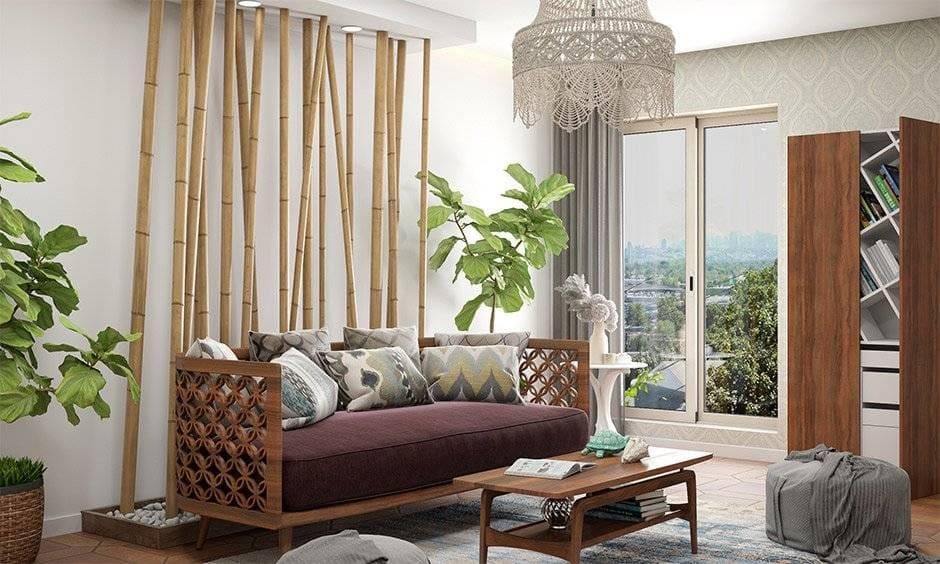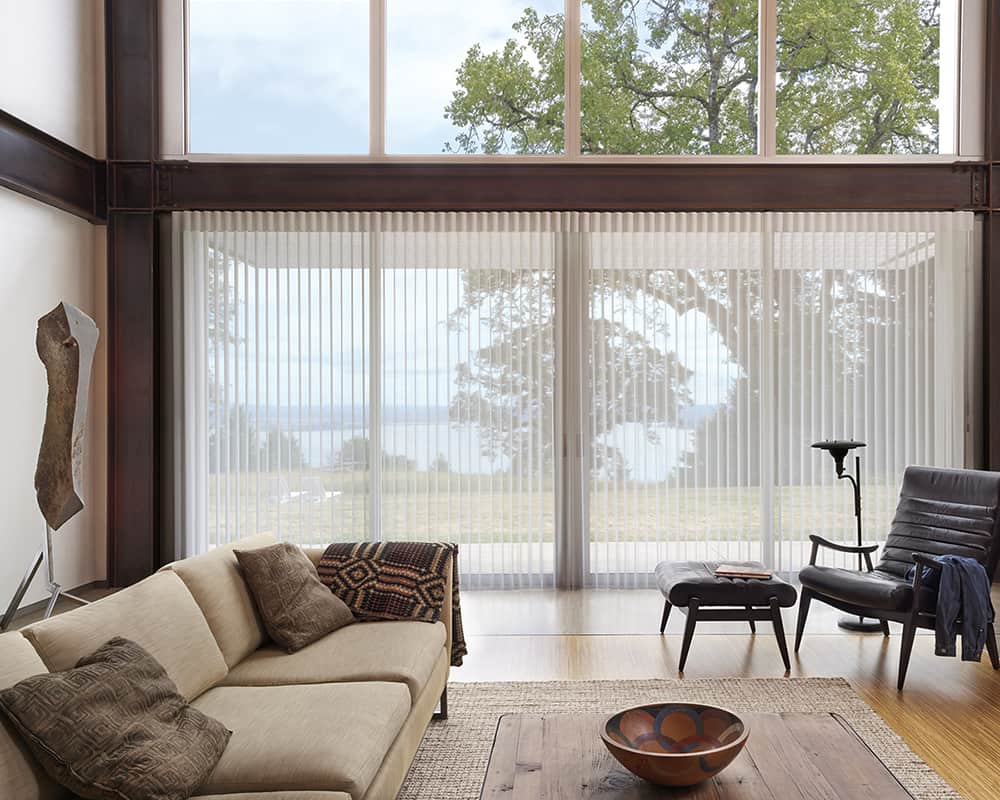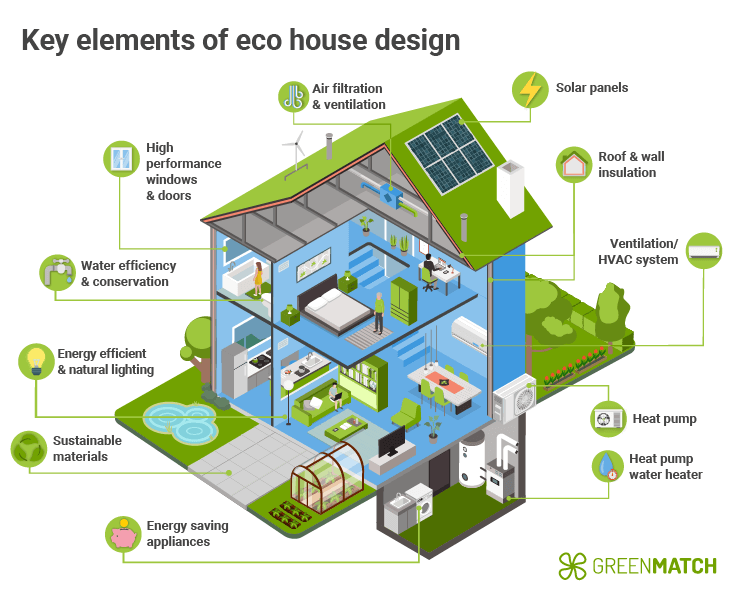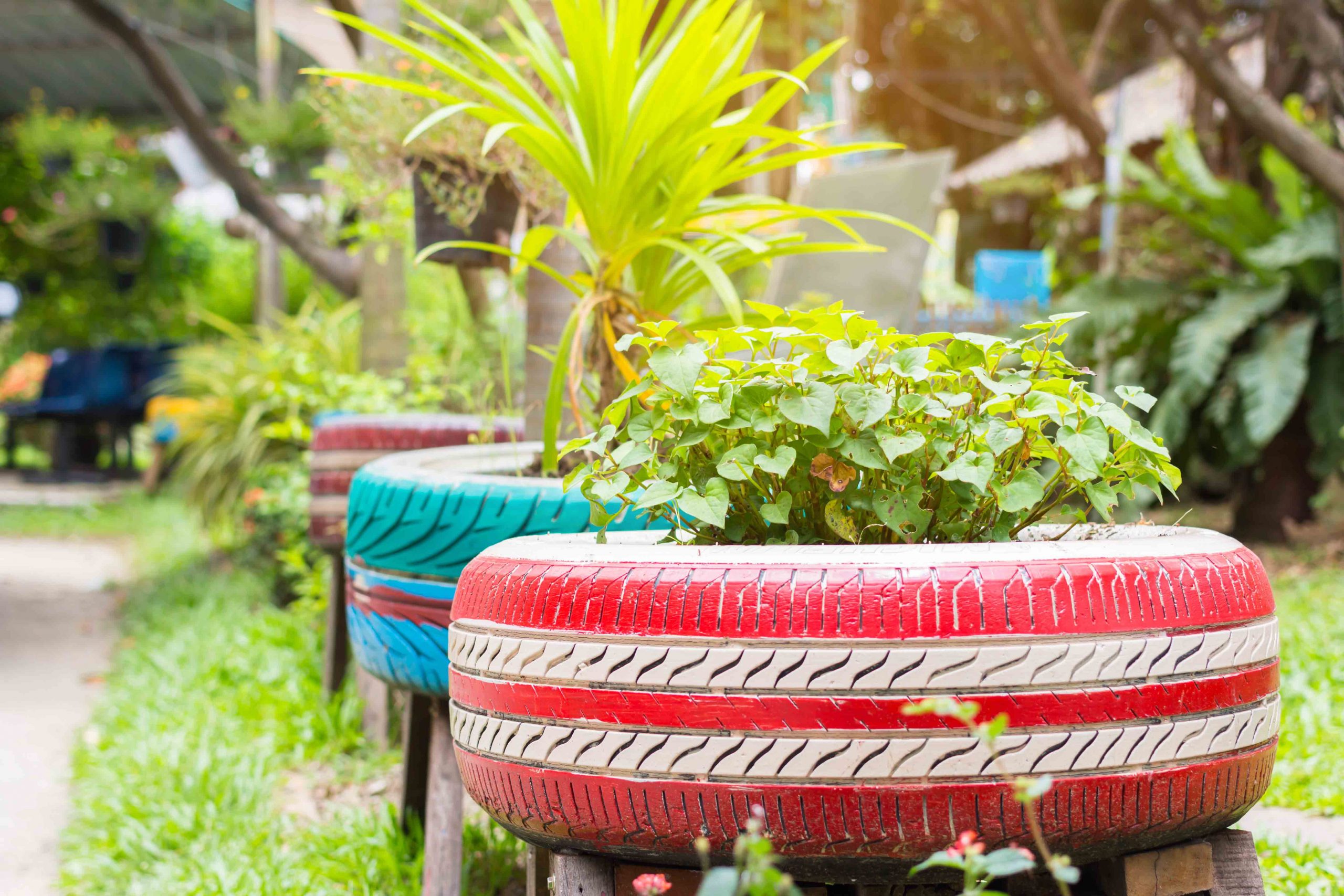In an era where environmental consciousness is at the forefront of our collective mindset, the concept of sustainable living extends beyond lifestyle choices to include the very spaces we inhabit. As we become increasingly aware of our ecological footprint, incorporating sustainable design into our homes has become a crucial aspect of responsible living. In this blog, let's explore ways to embrace green living by seamlessly integrating sustainable design principles into the heart of our homes.
1. Eco-Friendly Materials for Interior Design

Begin your sustainable journey by choosing materials that are kind to the environment. Opt for furniture crafted from reclaimed wood, bamboo, or recycled metal. These materials not only exude character and charm but also contribute to the conservation of natural resources. Avoid products with harmful chemicals and consider finishes that are low in volatile organic compounds (VOCs) to maintain indoor air quality.
2. Energy-Efficient Lighting Solutions

Swap out traditional incandescent bulbs for energy-efficient alternatives like LED or CFL bulbs. These options consume less energy, last longer, and contribute to a reduced carbon footprint. Consider installing smart lighting systems that allow you to control and optimize your home's lighting usage, further minimizing energy wastage.
3. Natural Light Optimization

Harness the power of natural light to illuminate your living spaces. Strategically position furniture and mirrors to reflect and amplify sunlight throughout the day. Not only does this approach reduce the need for artificial lighting, but it also enhances the overall well-being of occupants by fostering a connection with the outdoors.
4. Water Conservation in Design

Integrate water-saving features into your home's design. Install low-flow faucets and showerheads to reduce water consumption without compromising functionality. Consider incorporating rainwater harvesting systems for outdoor use, contributing to a more sustainable water management strategy.
5. Indoor Plants for Air Quality

Bring nature indoors with the inclusion of indoor plants. Besides adding a touch of greenery to your decor, plants act as natural air purifiers, improving indoor air quality. Select low-maintenance varieties such as snake plants, pothos, or spider plants to effortlessly enhance both the aesthetics and the health of your living space.
6. Smart Thermostats and Energy Management Systems
Efficiently manage your home's energy usage with the installation of smart thermostats and energy management systems. These technologies allow you to regulate heating, ventilation, and air conditioning (HVAC) systems more effectively, optimizing energy consumption and reducing overall utility costs.
7. Upcycled and DIY Decor Projects

Embrace your creative side by engaging in upcycling and do-it-yourself (DIY) projects. Repurpose old furniture, create unique decor items from reclaimed materials, or breathe new life into vintage finds. Not only does this approach minimize waste, but it also infuses your home with one-of-a-kind pieces that tell a story.
8. Modular and Sustainable Furniture

Invest in modular furniture that adapts to your changing needs. Pieces that can be reconfigured or expanded serve multiple purposes over time, eliminating the need for frequent replacements. Look for furniture made from sustainable materials and produced through eco-conscious manufacturing processes.
9. Green Insulation and Energy-Efficient Windows

Enhance the energy efficiency of your home by choosing green insulation materials and installing energy-efficient windows. Proper insulation ensures that your home retains heat in the winter and stays cool in the summer, reducing the reliance on heating and cooling systems.
10. Waste Reduction and Recycling Stations

Implement waste reduction strategies by incorporating dedicated recycling stations into your kitchen and other communal areas. Encourage the separation of recyclables, compostables, and non-recyclable materials. Consider composting kitchen waste to further minimize your household's impact on landfills.
In conclusion, sustainable design is not just a trend but a conscious choice to create homes that harmonize with the environment. By incorporating these green living practices into your home, you contribute to a healthier planet while enjoying a more mindful and eco-friendly living space. Let your home be a reflection of your commitment to sustainability, proving that responsible design can be both stylish and environmentally conscious.







